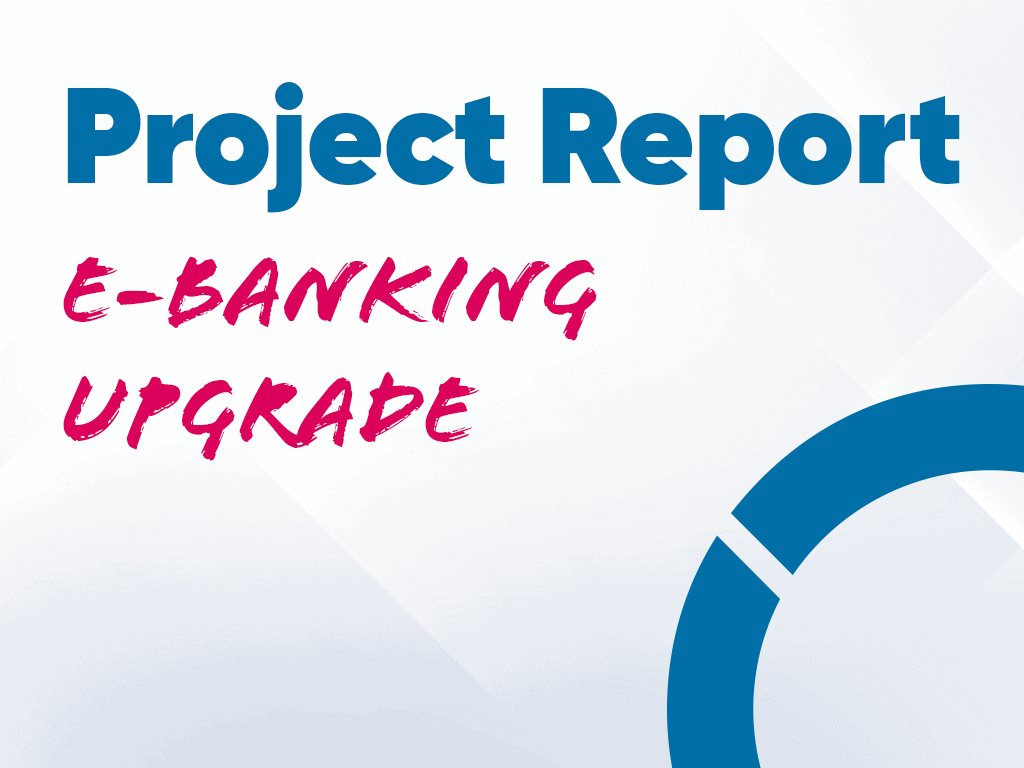In today’s digitalized world, APIs (Application Programming Interfaces) are indispensable,
also for financial service providers who want to remain competitive. The digitalization and automation of work processes means that data is exchanged via applications, and this is where APIs come into play. They are therefore a central aspect of a company’s success, which
can also be proven by impressive figures:
- According to Akamai, API calls account for around 83% of all internet traffic (as of 2019).
- According to Cloudflare, the banking sector in particular has great potential with annual API traffic growth of over 70 % (as of 2021).
- Postman reports that almost 90% of the companies surveyed would like to invest the same or even more time in the development of APIs in the future (as of 2022).
However, all these advances in terms of performance, reliability and scalability are of little importance to the
API users if these are not properly documented. Find out in our article why thorough API documentation is crucial and how it can help you with
6 essential tips to unleash the full potential of APIs.
What makes good documentation?
The importance of well thought-out API documentation becomes particularly clear the longer a project takes and the more seamlessly new software is to be integrated into the existing architecture. In such cases, the demands on the APIs increase considerably. Insufficient documentation can lead to a patchwork of confusingly structured endpoints, which makes development and maintenance more difficult and jeopardizes the overall success of the project.
To avoid such problems and enable smooth collaboration between different development teams, developers should follow these important points when documenting interfaces:
1. know the target groups
Before a documentary is written, it is crucial to consider the target audience.
A certain level of prior knowledge can be assumed for internal development teams, while external users and partners require a detailed explanation of all parameters. A distinction should also be made between business analysts and developers. Business analysts need a comprehensive overview of the functions, while developers expect detailed documentation in order to use the API effectively.
2. clearly structured layout
Well-structured and comprehensible documentation is of crucial importance.
The principle of “as much as necessary, but as little as possible” should be applied.
The documentation should begin with a brief introduction explaining the purpose of the API, the requirements, the available options and the limitations. In this way, developers and business analysts can quickly assess whether the API covers their requirements.
The servers, their application and the available authentication methods are then listed. The main part includes the endpoints with methods, paths, parameters, body and response status codes. Each parameter should contain the type, description and mandatory status. To facilitate orientation, a glossary of terms used can be added as an option.
Author

Matthias Wieland, Consultant
Topic responsibility

